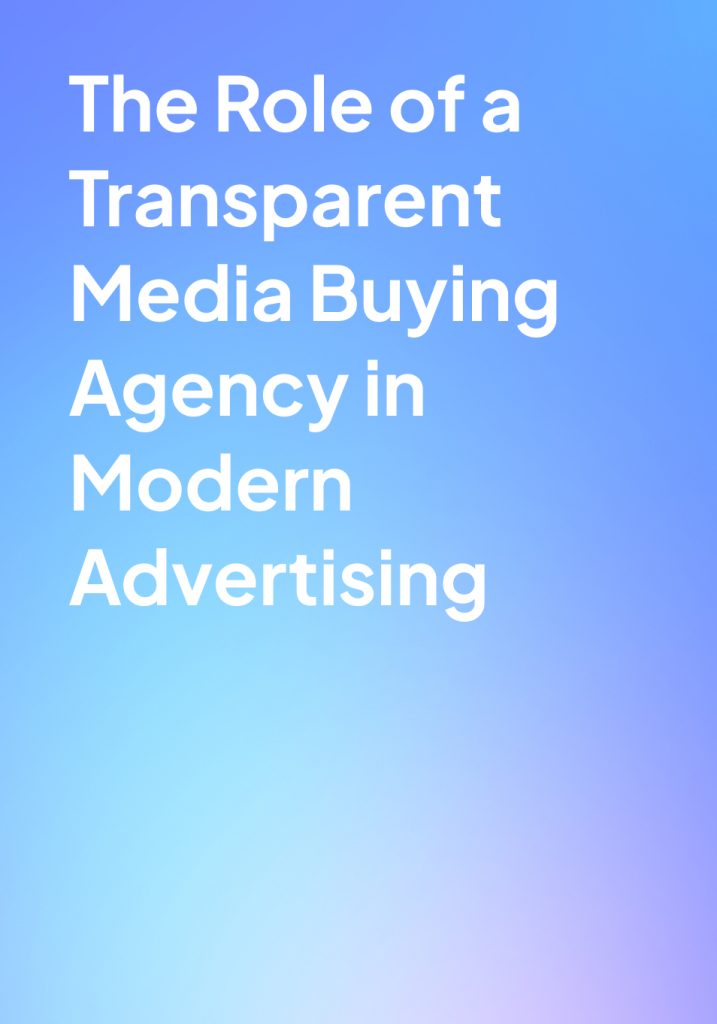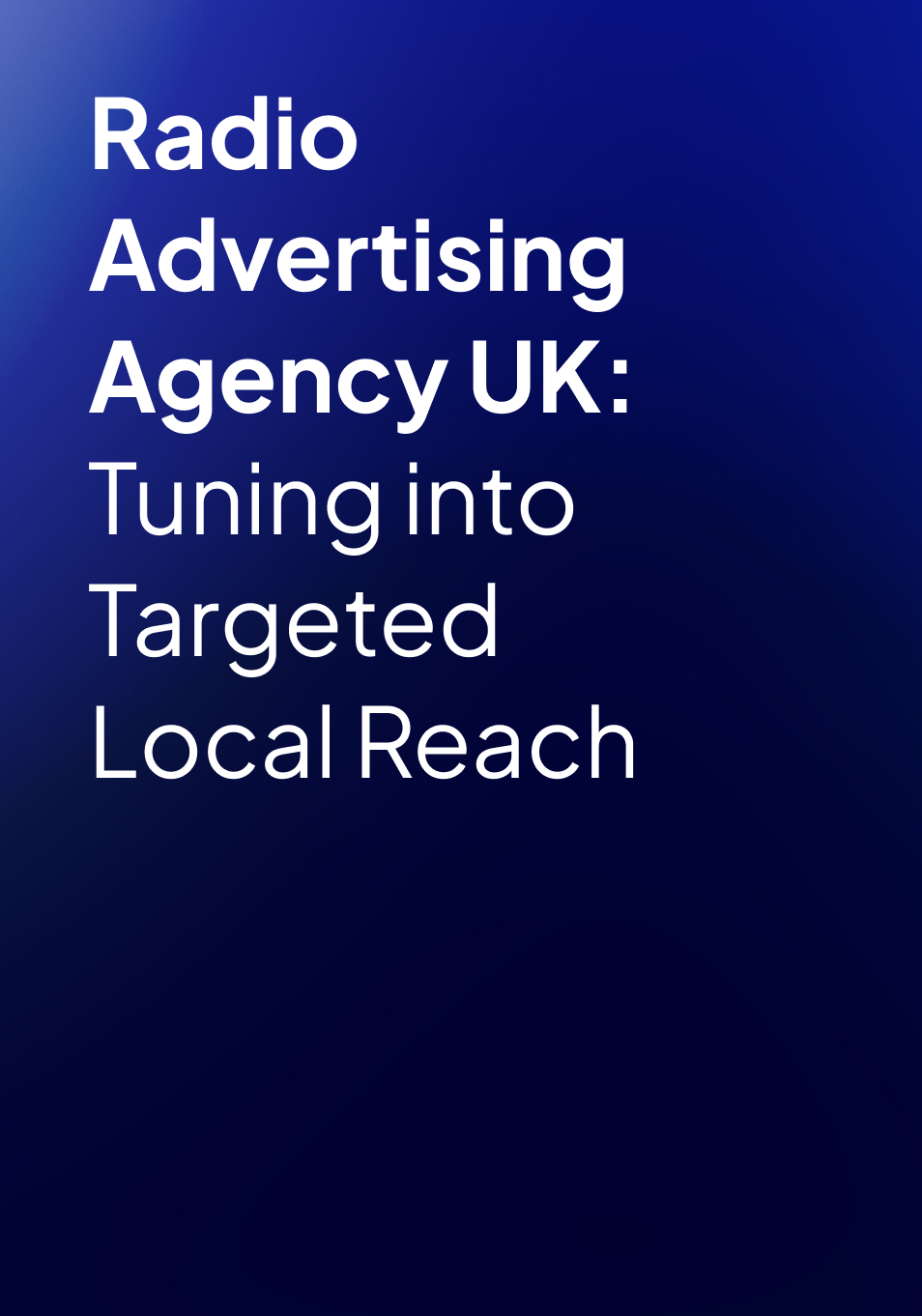What do we mean when we talk about transparency in terms of digital advertising?
It’s not just clear communication; transparency also encompasses issues such as brand safety and ad fraud. Whether you’re buying inventory or selling ad space, knowing who’s involved and where your ads will show up shouldn’t be complicated.
Transparency has become more than an added value; it’s a competitive advantage.
What Does Transparent Media Buying Involve?
Transparency in media planning and buying refers to clear, open, and accountable processes throughout all stages of a media campaign. This includes:
- Full visibility into where your ads are placed
- Honest reporting on fees, markups, and media costs
- Access to real-time campaign performance data
- Clear rationale for channel and platform selection
- No hidden rebates, kickbacks, or preferential deals
Why The Need For Transparency?
Transparency in digital advertising is important from two perspectives: cost and inventory. Without data on these, your media budget is out of control, you cannot make well-founded decisions, and you are susceptible to fraud.
Our world is now dominated by digital giants such as Google, Facebook, and programmatic advertising exchanges that anonymise the ad selling process. Ad buying has seemingly moved away from human-based deal-making to sophisticated, automated decision-making.
The following are further reasons for transparency in modern advertising:
Building Trust and Long-Term Partnerships
Brands today demand more control and accountability. Transparent media agencies establish trust by being open about how decisions are made, what media inventory is being purchased, and how budgets are allocated.
Improving Campaign Efficiency and ROI
When brands understand where their money is going and what’s working, they can make faster, smarter decisions. A transparent media agency helps optimise campaign spend across OOH, CTV, programmatic, and digital, ensuring no budget is wasted on low-value placements.
Enabling Data-Driven Strategy
Transparency extends beyond finances. It includes access to performance analytics and strategic insights. By working with a data-forward agency, brands can refine their multi-channel media strategies in real-time, based on the data provided.
Aligning with Regulatory and Ethical Standards
In the wake of GDPR, CCPA, and increasing consumer privacy concerns, brands must partner with agencies that respect data ethics and operate with integrity. A transparent agency ensures all advertising practices are compliant across the UK, EU, and US markets.
Brand Safety and Ad Fraud
In 2017, the Financial Times discovered fake inventory being sold in their name many times larger than what was actually available. In the same year, Uber filed a lawsuit against mobile ad agency Fetch Media Ltd alleging the agency misrepresented the effectiveness of its mobile ads, failed to prevent ad fraud, and didn’t return the rebates owed to Uber, and finally an independent study found that retargeting platform, Criteo, was gaining 50% of its revenue from suspect sources (i.e. clickbots, fake websites).
One of the most persistent problems in the world of programmatic advertising is domain spoofing.
Domain Spoofing: Where publishers or ad networks obscure the nature of their traffic to resemble legitimate websites.
Domain spoofing is not only caused by ad networks or fraudulent websites. At least 10 out of the top 100 publishers ranked by comScore are also feeding this practice by buying fraudulent traffic from ad networks.
Better advertising and greater transparency go hand-in-hand. Procter & Gamble’s Marc Pritchard said “better advertising requires time and money, yet we’re wasting way too much time and money on a media supply chain with poor standards. Too many players grading their own homework, too many hidden touches, and too many holes allow criminals to rip us too”.
If you’re an advertiser using online display and programmatic advertising, it’s a good idea to request the following from whoever you work with:
- Complete inventory transparency
- Third party tracking availability
- Avoidance of generic creatives
- Brand safety measures that work
- Ad fraud control
- A plan in place for ITP and GDPR
Other solutions around ad fraud include solutions like programmatic curation, transparent inventory and platform rates, and improved reporting tools.
Non-transparent campaigns don’t just hurt advertisers; they damage trust across the board. Publishers can lose out on fair pricing, whilst advertisers miss the opportunity to align with the right audience.
Final Thoughts
Having total transparency over all your digital advertising should be key for all digital marketers. The Media Planning & Buying Agency is here to help with this.




